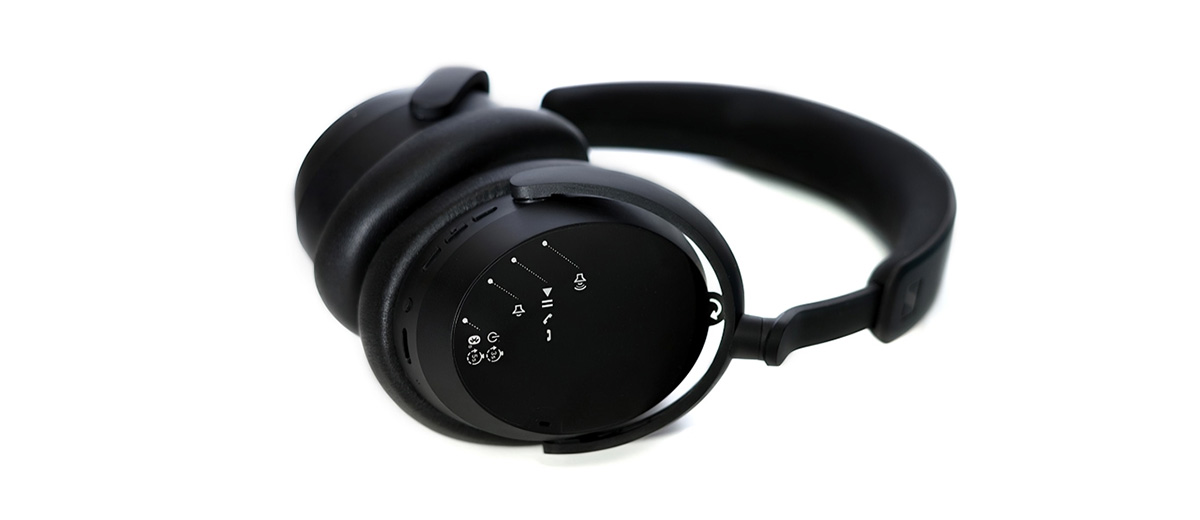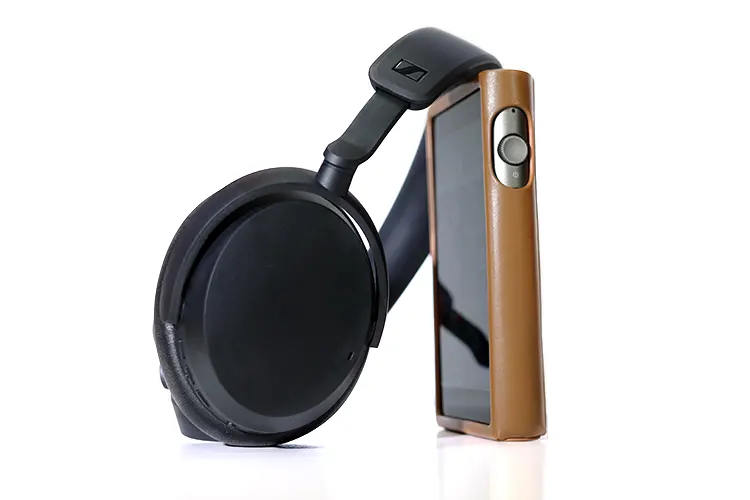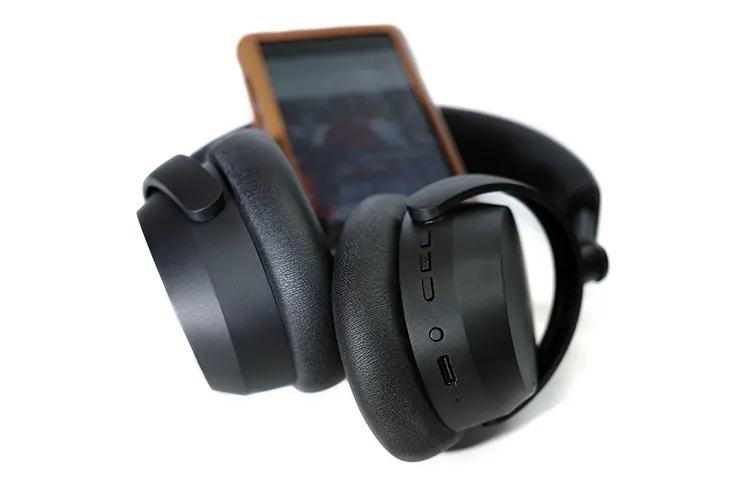Wireless Sound Impressions
The following sound impressions were completed using a mix of the Cayin N6ii and the Shanling M6 Pro as well as an iPhone 13 Pro Max for my main transmitting sources.
Summary
Considering this is oriented for different purposes than more expensive models, you would think that the Accentum might short itself on the sound signature. This is not entirely true.
Restoring all EQ settings to flat allowed for solid bass down low, with mids pushed forward, but not lifted. The treble notes rode that forward push a bit, but not as much.
Providing good reach, the upper end was rounded off, without much sparkle. Combined, this made for a bookend effect around the richer, livelier midrange.
Bass
Running the EQ flat afforded good reach down low, but that reach carried over into the mids, muddying the upper bass, and lower mids. While the added amount added weight to the notes, I found myself turning down the bass a bit to counter that effect.
The use of Bass Boost hindered my enjoyment across the range since it lowered the volume correspondingly. I found this counter-intuitive to the feature and left the Bass Boost off.
The bass decay was on the slow side as well, adding weight, but at the expense of detail. There is a certain amount of detail, but the added amount prevented the sound from being livelier, and more responsive.
If you like sheer bass quantity, this will appeal to you but do not expect too much in detail.
Mids
The midrange provides more energy to the sound signature, and with good heft to the notes. The detail retrieval is good, but not exceptional. There is a richness in the lower-mids aided by the increased low-end carrying over.
There is also a naturalness to the sound, which purveys a smoother organic nature but can hinder the overall energy. Sennheiser headphones are known for detail, clarity, and energy while the Accentum carries that onward, it does so in a more reserved manner.
The depth of notes in the midrange helps to broaden the overall signature positively (the added depth and weight of notes) while keeping good control of those notes, even if a bit of that smoothness pervades.
This is where the Momentum 4 Wireless outshines the Accentum, with better clarity and distinct tonality.
Treble
The upper range carries that smooth texture across from the mids and adds enough energy to spread the notes out. The treble is a bit thinner than the midrange, and this helps to keep the upper end lighter in note.
This seeming dichotomy between the mids and treble notes works, giving cymbal and staccato notes good verve, but not too much sparkle.
Female vocals sound smooth and music with a good amount of percussion instruments (like Latin works) takes on the banner of carrying the signature forward. Guitar work also shines here with very good weight, which thanks to the tuning stays taut as well.
Piano work sounds rich and natural, carrying the midrange and treble notes with authority and weight. This is a positive point of the Accentum signature.
Staging
Complicated music such as Latin works can become a bit overwhelming to the Accentum, but also carries a good width to the soundstage; even with the treble characteristics.
Height is good as well. Only depth seems to suffer, and as a result, some music can sound a bit compressed. Or maybe focused would be a better description. I would describe it as somewhat intimate, but with focus.
The placing of instruments is still good, but separation suffers a bit due to the tighter dimensions of the soundstage. Left and right seem a bit compressed as a result, but the layering of the instruments still carries a good definition.
If this seems like another dichotomous situation, and it is. What I hear is that the Sennheiser tuning presents a smoothness to it but makes up for that by adding detail where needed to make up for the lack of definition a smooth signature may forgo.
USB-C Audio Performance
Using a USB-C to USB-C cable I found lying around, I was able to easily connect the Accentum to my MacBook Pro. Using Tidal, the sound was reminiscent of a nicely tuned wired headphone in the same market level.
I was impressed with the added richness to the sound signature over BT and could reach loud enough volume levels to make for a satisfying experience.
Adding richness to the sound signature, the note weight became a bit more prevalent, but with good detail as well. The separation of notes allowed detail retrieval to become more focused while raising the level of clarity. The soundstage became fuller, but more defined, which follows suit when adding a cable.
Anytime you add a cable, the sound should be better over BT, since you are using an external DAC. As good as BT has gotten, it still falls behind cable options for the most part.
Going wired makes the Accentum a dual-mode delight, even if the bass was still a bit too boomy, presiding over the show. Using the USB-C to USB-C could also be implemented on your Android phone if you desire.
Of note is that when tethered to a source, there is an additional benefit of the battery charging while you are listening. This is a definite positive.
Just make sure if you run a MBP to keep a USB-C to USB-C cable handy for the additional quality if you would like.
ANC Performance
Sennheiser has a tradition of making quality ANC incorporated into their wireless units. The Accentum follows suit but seems more tame in response. While listening through my iPhone using the app and ANC turned on, I could not hear the sound from our TV while my wife watched a movie.
It seems this is an ANC ‘light’ version but it still worked. I do wish there was adjustability since the Sennheiser ANC is right up there with the best.
Using the power button to toggle ANC on & off via an Android or iOS source was acceptable, but you could easily download the Smart Control app to the device and have those capabilities also.
Unlike the Momentum 4 Wireless, I felt this was a shorter version of what Sennheiser offers. That said, the transparency mode worked well, allowing me to converse with my wife when needed.
There is no pause in the music though when removing the headphones, but this can be overcome by pausing your music. A minor inconvenience to me.
Wireless Performance
Bluetooth 5.2 allows for most of the latest codecs up to aptX HD to flow through, but the lack of LDAC or aptX Adaptive seems to be a miss.
Regardless, the range of wireless connectivity was strong. Leaving my source, I could attain over 20m from my iPhone through obstructions and about 10+ meters while using the Cayin N6ii (I blame the Cayin here, not the Accentum).
This shows that most sources function well over these distances and should not be a concern.
Even with the lack of codecs mentioned, the sound quality was good over the whole distance, with no dropouts until I reached the maximum range noted for each transmitting source.
Click on page 3 for my selected comparisons to the Sennheiser Accentum.



